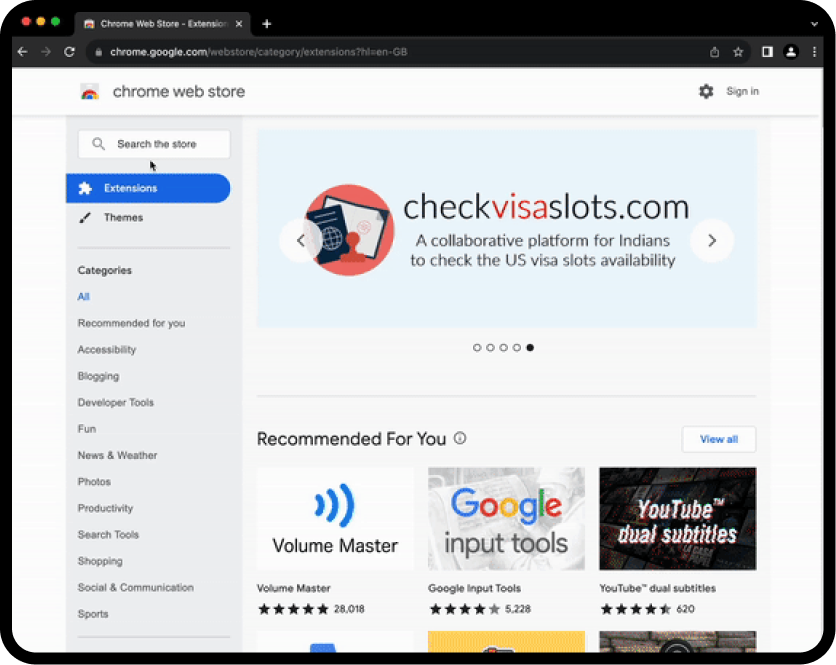VGA to USB Converter
Evaluates VGA-to-USB capture adapters for engineers, technicians, and procurement teams seeking quick compatibility insights and actionable recommendations in controlled environments.

Check It Yourself
About This Tool
This tool analyzes VGA-to-USB capture scenarios to help hardware engineers, IT technicians, and procurement teams decide if a given adapter can reliably convert an analog VGA signal to a USB-based capture stream. It supports pre-purchase evaluation, lab testing, and field selection, particularly where budget, latency, and compatibility constraints drive decisions.
Core Logic & Features: Required features include input validation, signal bandwidth estimation, and a clear compatibility verdict. Optional features cover latency estimation, recommended adapter types, and OS/driver prerequisites. The tool uses user-provided resolution, refresh rate, color depth, USB version, host CPU capability, and driver availability to compute a bandwidth demand and a risk score. It returns outputs such as a compatibility verdict (Supported/Conditional/Unsupported), an estimated latency, and actionable recommendations.
Inputs & Outputs: Inputs include the target resolution (width x height), refresh rate (Hz), color depth (bits), USB interface (2.0/3.0/3.1), OS/driver status, and anticipated capture scenario. Outputs include a compatibility verdict, required bandwidth (Mbps), estimated latency (ms), recommended adapter type or configuration, and notes on limitations.
Algorithms & Calculations: The tool applies a bandwidth formula: bandwidth = width * height * refresh_rate * color_depth / 8, adjusted for USB payload overhead. It checks this against typical USB bus bandwidth and adapter capabilities, mapping results to a qualitative verdict. It uses guardrails for borderline cases and suggests mitigations (lower resolution, lower color depth, or alternative capture modes).
Error & Edge Cases: Handles invalid inputs (negative resolutions, zero rates) with explicit flags. If device capabilities are unknown, returns conservative results and a high-risk label. External data gaps (drivers, firmware) produce warning notes but do not terminate evaluation.
Industry/Region & Localization: Uses standard metric units (Mbps, Hz). Assumes common USB interfaces and modern operating systems. Assumes no regional regulatory constraints beyond export classifications for hardware data.
Assumptions & Exclusions: Assumes VGA sources with standard timing; does not cover HDMI/DisplayPort conversions or device-specific driver quirks. This is a decision-support tool, not a substitute for empirical validation.
How to Use
1. Provide inputs: set resolution, refresh rate, color depth, USB version, OS and driver status.
2. Choose the capture scenario and expected use-case (standard capture, high-motion content, latency-sensitive work).
3. Run calculation: tool computes bandwidth demand, latency estimate, and compatibility verdict.
4. Review outputs: examine verdict, bandwidth margins, latency, and recommended adapter type or configuration.
5. Apply results: select a compatible adapter, adjust inputs if needed, and plan validation tests.

FAQs/Additional Resources
Find Quick Answers
What does the compatibility score indicate?
Which inputs affect results most?
Can the tool predict exact latency?
Does this tool cover HDMI or DP signals?
User Reviews
See What Others Are Saying
Explore Related Tools
More Solutions for Your Needs
XD to PDF Converter
A fast, free online tool to convert XD design files to PDF, designed for designers and teams needing shareable documentation.
XD to Figma Converter
Cross-platform design file converter that migrates Adobe XD projects to Figma, preserving structure, layers, and assets for teams migrating design workflows.
Your Feedback Matters
Help Us to Improve

 Norwegian
Norwegian
 Danish
Danish
 German
German
 English
English
 Spanish
Spanish
 French
French
 Italian
Italian
 Dutch
Dutch
 Portuguese
Portuguese
 Swedish
Swedish
 Hebrew
Hebrew
 Arabic
Arabic









